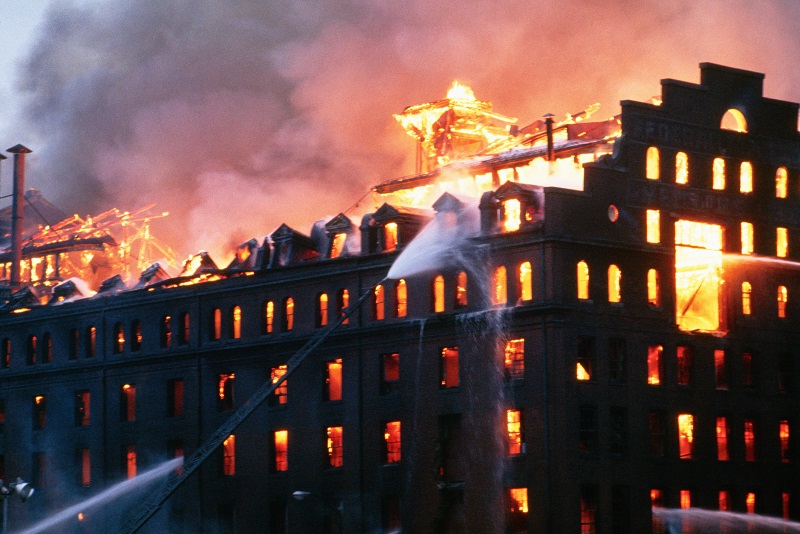Former apprentice describes horrific injuries from electrical work.
Mark Graham joined the military at the age of 17 but after a few years he decided to pursue his dream of being an electrician.
He was only three years into his apprenticeship when his worst nightmare came true.
Injury Caused by Inadequate Training and Supervision
“I was working at a raw sewage plant running conduit while on an 8-foot wooden step ladder,” he begins.
“I had just finished drilling holes in the concrete ceiling slab to install strapping to hold the conduit in place. As I lowered the powerless drill it was parallel with the slotted ventilation holes on the 3000 amp 600 volt bus duct that was suspension-mounted on trapezes.”
“The drill bit glided through the one of the slots, but the heat on the end of the drill bit melted through the rubber insulation jacket that wrapped the copper bus bars. This created a dead short to ground, causing an explosion. It threw me off the ladder.”
Graham was alone in the building so he ran outside for help. “I could smell and feel my hair and skin burning,” he recalls.
An Ottawa Carleton Public Works truck was driving by and the occupants tried to douse the flames with blankets.
“At the time all I could see was grey, my eyes were grey,” says Graham.
His hardhat had melted into his head and the pain was unbearable.
He woke up in the hospital six weeks later, unable to see. “I told my parents I wish I hadn’t survived.”
Graham had 2nd and 3rd degree burns to 60 percent of his body, and they had to use parts of the undamaged skin to create grafts to replace his other skin.
Today Graham is speaking out about the tragedy that happened so long ago to help ensure others don’t suffer a similar fate.
“Communicating with others and proper training and supervision is critical,” he says.

